HGTV can be incredibly fun to watch—transformations, tear-downs, and triumphs all packed into an hour. But as much as those shows inspire, they also create a lot of myths about what renovating a home is really like. Contractors and designers often cringe when clients come in with expectations shaped by reality TV rather than real-life experience. From budgets to timelines to what really adds value, here are 12 renovation myths HGTV helped spread—and what the pros wish you actually knew.
1. You Can Renovate an Entire House in a Month
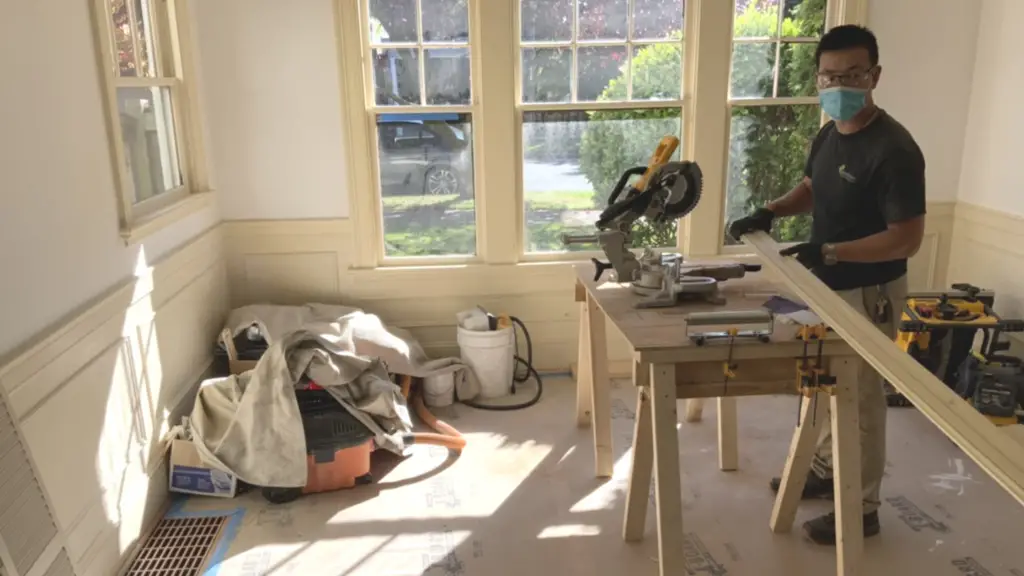
On television, a full gut-renovation seems to happen faster than your Amazon Prime delivery. But as noted by Better Homes & Gardens, real-world projects often face delays from permits, inspections, and unforeseen issues like structural repairs or backordered materials. What HGTV doesn’t show are the months of pre-production, behind-the-scenes teams, and sometimes generous timelines. Most contractors agree: real renovations take time—and lots of patience.
Trying to fast-track a major renovation usually leads to mistakes or cutting corners. Inexperienced homeowners often underestimate how long it takes just to get permits approved. Even hiring a great contractor doesn’t mean you’ll skip the waiting game. If a renovation is worth doing, it’s worth doing at a realistic pace.
2. $30,000 Will Cover a Complete Kitchen Remodel
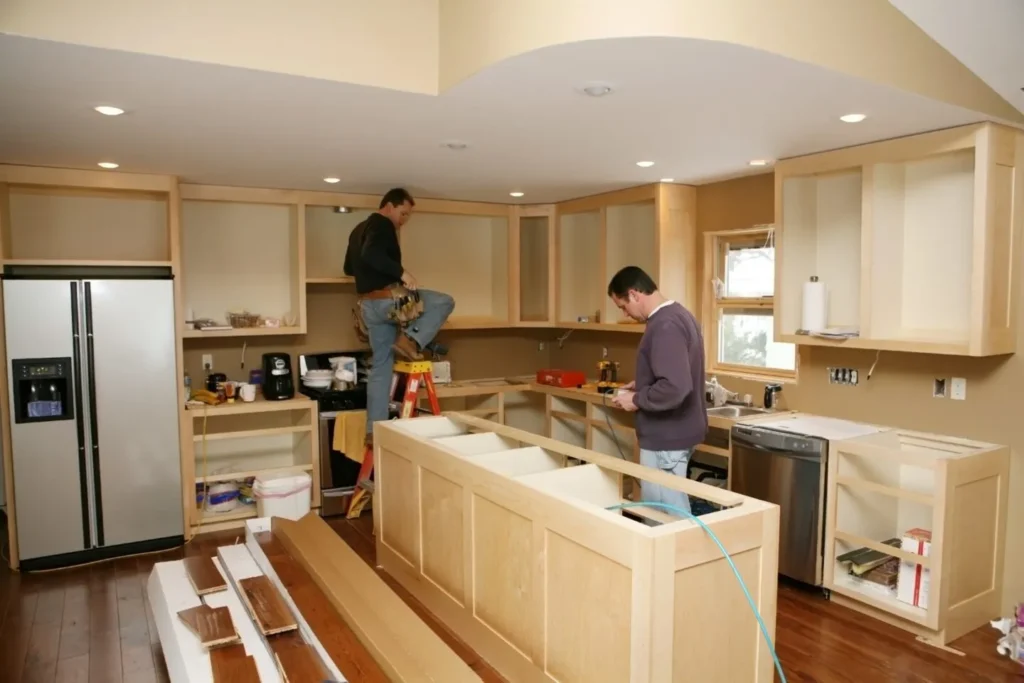
HGTV often features stunning kitchen makeovers with price tags that feel too good to be true—and they usually are. According to Forbes, the average cost of a mid-range kitchen remodel is closer to $45,000, depending on materials, layout changes, and appliance upgrades. TV shows often rely on sponsorships, discounts, or free labor that viewers won’t get in real life. Plus, pricing varies dramatically by region.
When clients come in expecting granite counters, custom cabinets, and all-new appliances for under $30k, contractors know they’ve been watching too much TV. Labor alone can eat up more than half of your budget. And high-end finishes? Those numbers climb fast. It’s best to walk into a renovation with your budget firmly rooted in reality.
3. Open-Concept Is Always the Best Option
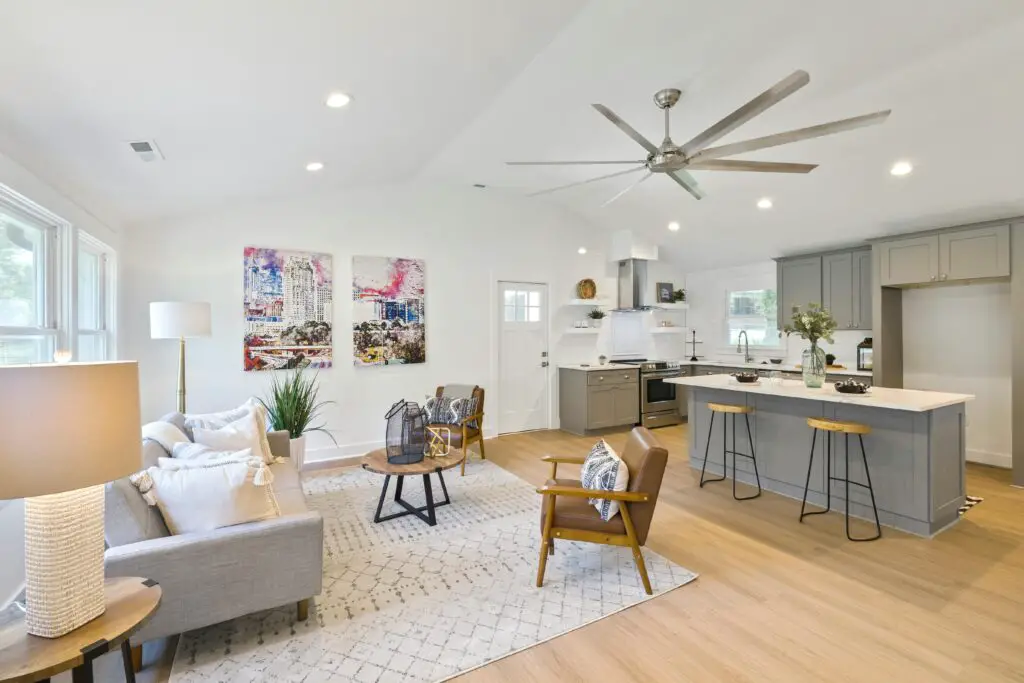
Tearing down walls is practically an HGTV rite of passage—but it’s not always the best move. Realtor.com reports that open-concept homes may be falling out of favor in some markets, especially among buyers looking for more defined spaces post-2020. An entirely open floor plan can reduce privacy, noise control, and heating/cooling efficiency. While it might look great on camera, it’s not always the most livable design.
Many buyers now prioritize quiet corners for work or study, or simply value walls that let them control sound and light. Open kitchens can mean smells and messes waft throughout the home. And structurally, removing load-bearing walls can be expensive and complex. The best layout is one tailored to how you live—not what looks trendy on screen.
4. DIY Projects Always Save Money
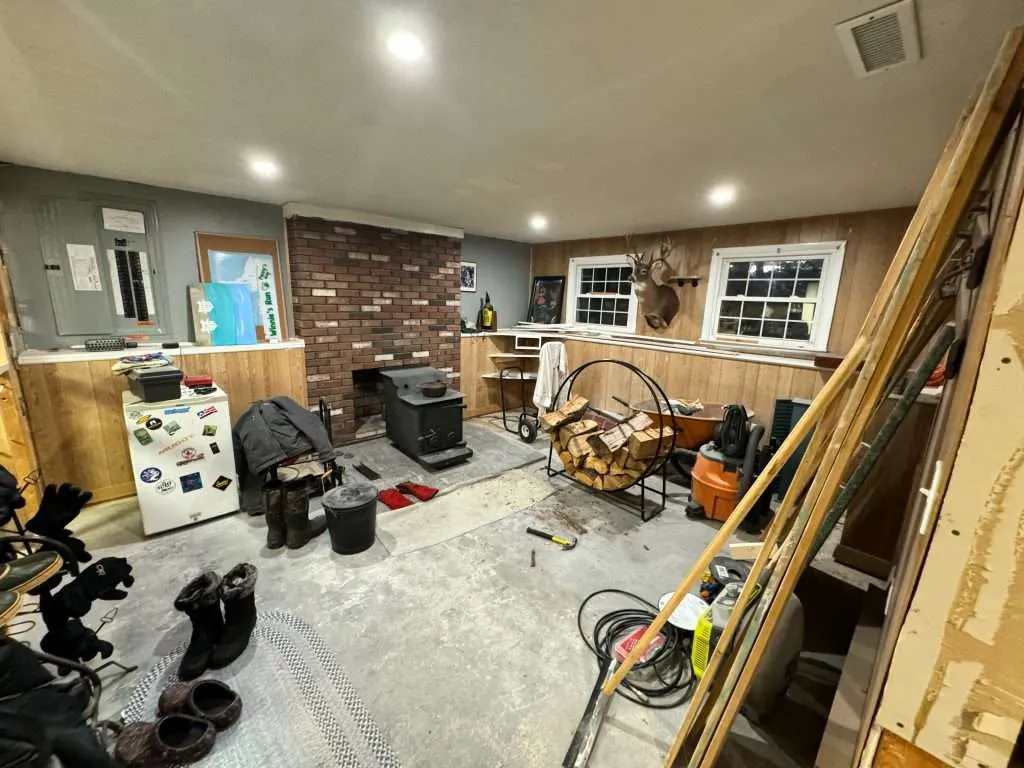
HGTV loves a good DIY segment, but in the real world, the savings aren’t always so clear-cut. Carey Bros. points out that many DIY projects end up costing more in time, tools, and mistakes than hiring a pro from the start. Unless you’re experienced, tackling plumbing, electrical work, or even detailed tiling can lead to costly do-overs. And some projects, if done incorrectly, could void insurance or violate building codes.
Plenty of homeowners jump in with enthusiasm—only to get stuck halfway through. Contractors are often hired to “fix” DIY disasters, which makes everything more expensive in the long run. It’s okay to tackle small tasks like painting or installing shelves, but know your limits. There’s no shame in hiring someone who knows exactly what they’re doing.
5. All Renovations Add Value

Just because it looks better doesn’t mean it’s worth more. Many HGTV transformations emphasize aesthetics, but not all upgrades translate to a higher resale price. Overpersonalized changes or luxury add-ons can actually limit your buyer pool. A home theater, wine cellar, or statement wall might wow you—but not necessarily your future buyer.
Appraisers and real estate agents look at comparable properties, not just cosmetic appeal. Value comes from function, layout, and quality—not just surface finishes. If you plan to sell in the next few years, it’s worth consulting a real estate expert before starting major renovations. Smart renovations balance style with long-term market appeal.
6. You Can Live in the House During a Major Renovation
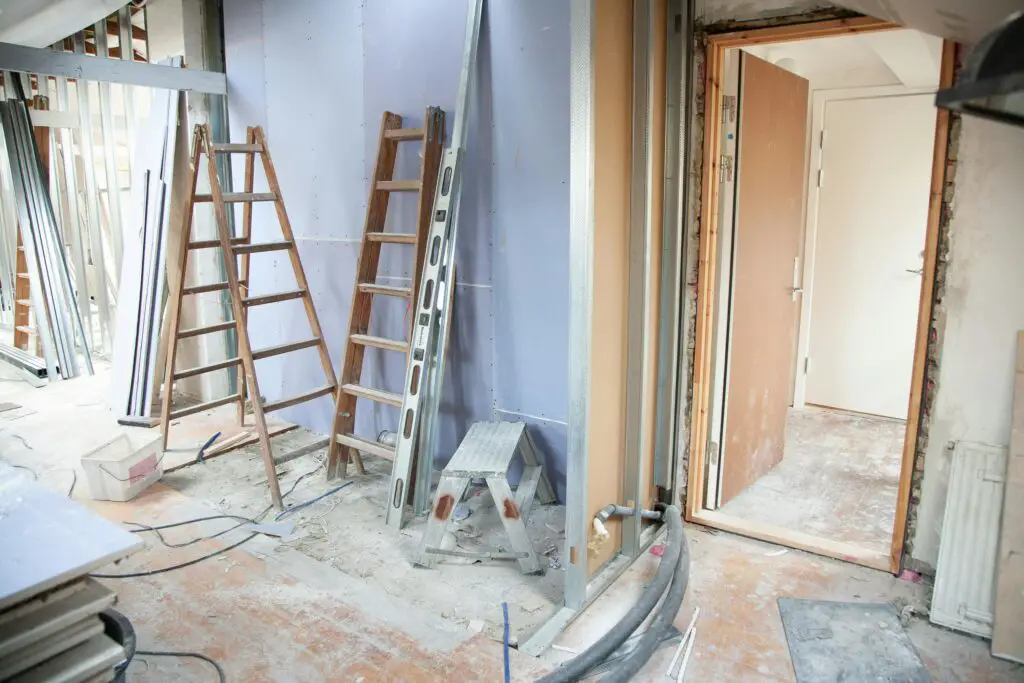
HGTV shows happy couples brushing their teeth amid exposed studs—but real-life renovations are much messier. Dust, noise, fumes, and constant disruptions make living in a construction zone a stressful experience. In some cases, it’s downright unsafe—especially with young kids or pets in the mix. Contractors often recommend finding alternate housing during major phases of work.
Living onsite can also slow down the renovation process. Crews may have to work around your schedule or clean up more thoroughly every day. If your project involves tearing out bathrooms or kitchens, you’ll be without essentials for weeks. Sometimes, the best investment you can make is renting a place while your dream home takes shape.
7. Painting Kitchen Cabinets Is a Simple Weekend Job
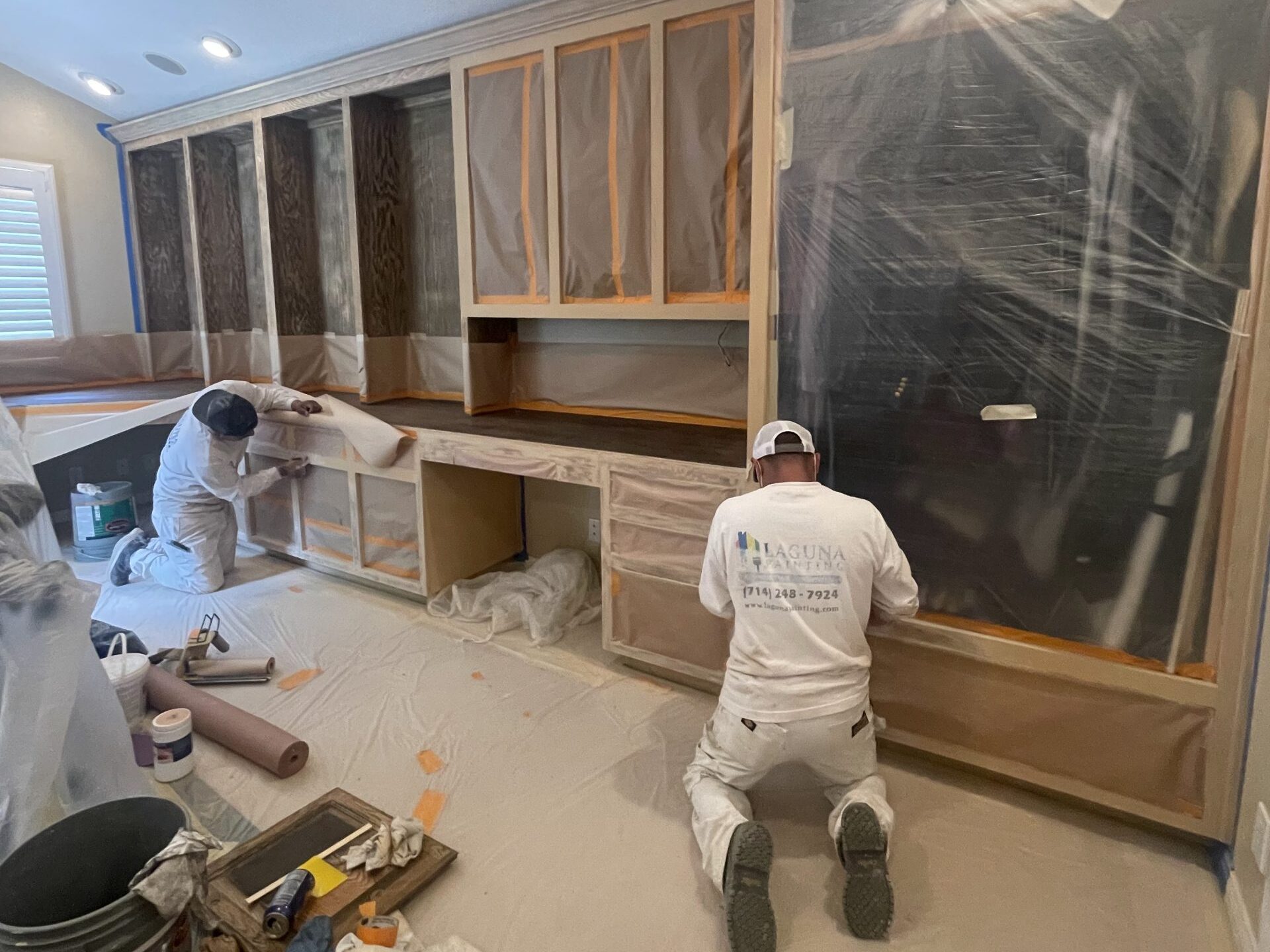
Painted cabinets are a staple of HGTV makeovers—but achieving that flawless finish is anything but easy. Cabinet painting requires serious prep: degreasing, sanding, priming, and several coats of high-quality paint. Using the wrong materials or skipping steps leads to peeling, chipping, or visible brush marks. It’s often more time-consuming and tedious than people expect.
Pros use sprayers for a smooth, factory-grade finish, often in controlled environments. Doing it yourself can save money but may sacrifice durability. If you’re picky about how it looks—or plan to sell—this is one job where pro results make a difference. Don’t let TV montages fool you into thinking it’s a one-day refresh.
8. “Trend-Forward” Always Means Timeless
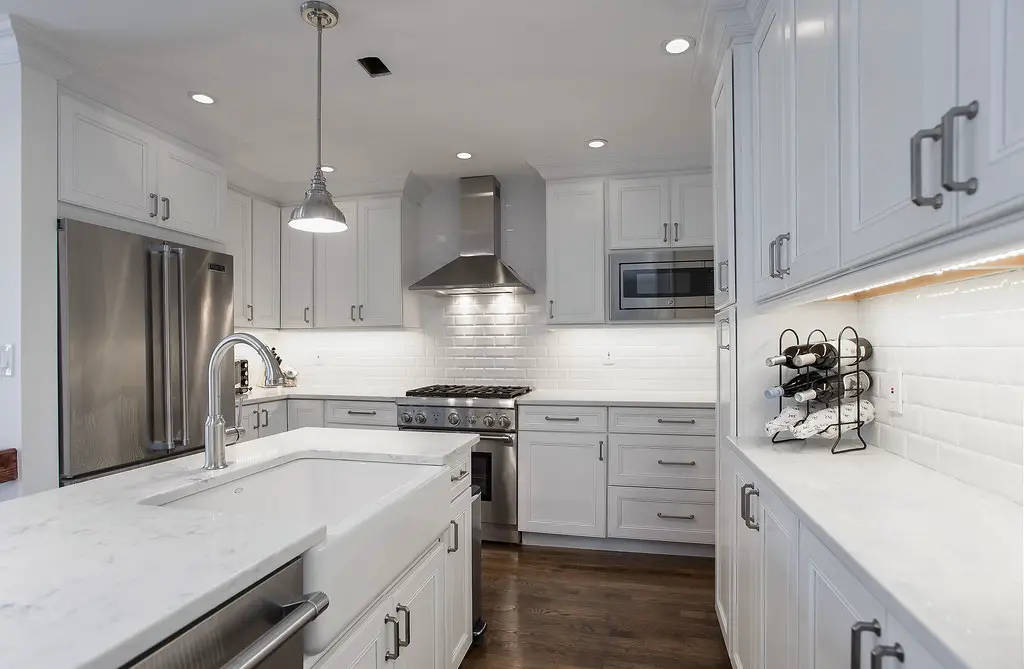
HGTV loves showcasing the latest in tile, hardware, or accent walls—but trends move fast. What feels cutting-edge today may look dated in a year or two. Remember the gray-on-gray trend? That came and went. Design fads aren’t inherently bad, but they can age your space faster than you’d like.
Timeless style usually leans more neutral and classic in layout and materials. If you love a trend, use it in accents you can swap out—like paint or decor. Committing to trendy backsplashes or light fixtures in every room might impress your friends now but hurt resale later. Trendy doesn’t always mean future-proof.
9. All Hardwood Floors Are Created Equal
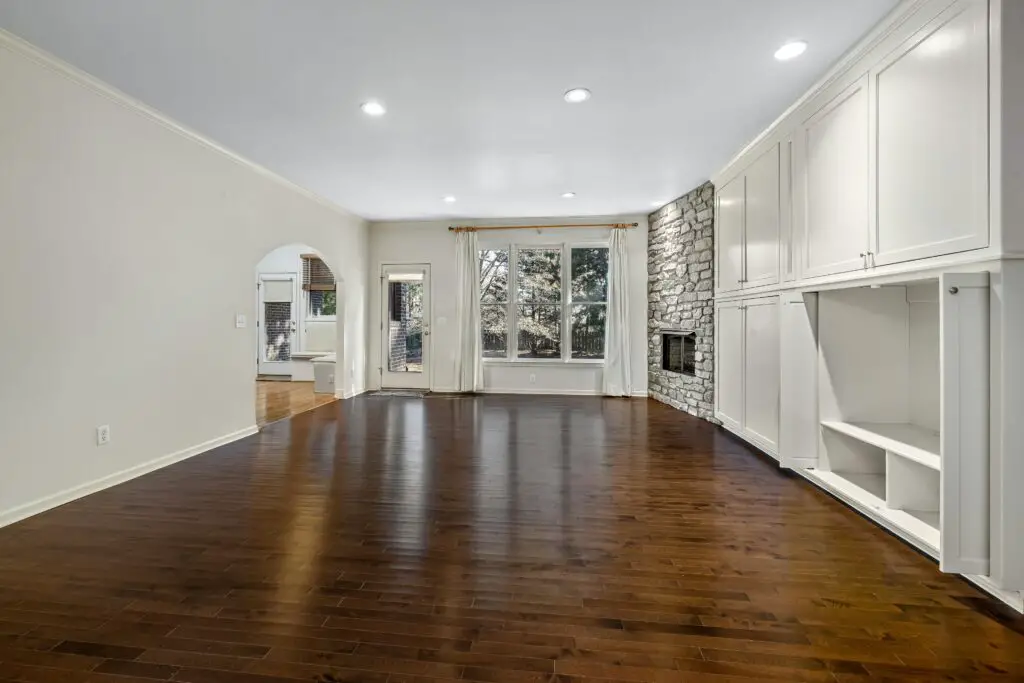
HGTV often shows beautiful hardwoods—but doesn’t always clarify the difference between solid, engineered, and laminate options. Each has pros and cons, and not every type is suitable for every climate or subfloor. Installing the wrong kind of flooring can lead to warping, squeaking, or expensive repairs. And not all of them add the same value to your home.
Buyers still love hardwood, but they want durability too. If you’re choosing flooring based on looks alone, you could be setting yourself up for problems. Make sure you understand what you’re buying—and how it performs over time. A pretty floor that doesn’t last is just a costly illusion.
10. Custom Features Are Always Better
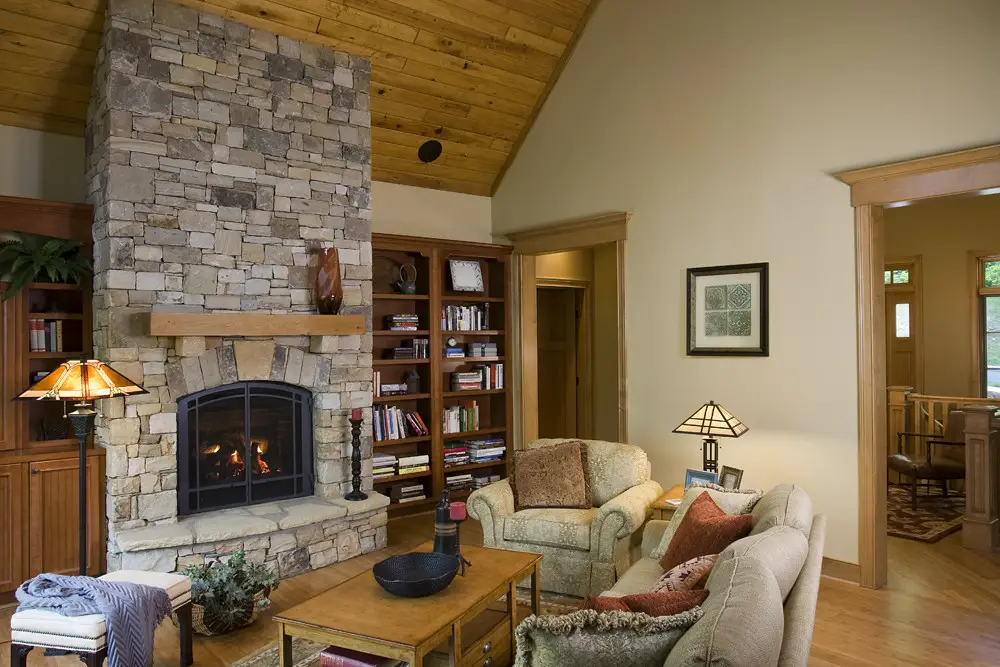
Built-ins, custom tile mosaics, or bespoke fireplaces look amazing on TV—but they’re not always what future buyers want. Over-customization can hurt resale by limiting appeal and making changes harder. A custom dog-washing station might seem genius to you—but might leave others scratching their heads. HGTV shows often lean toward dramatic personalization that doesn’t always translate to broader value.
Custom work also tends to cost more and take longer. It’s one thing to personalize a forever home—but another to overdo it in a starter property. Think twice before you commit to something niche. Sometimes, flexibility matters more than flair.
11. Exposed Brick and Beams Make Any Space Look Chic

Exposed architectural elements can be charming—but not every home has bones worth showing off. HGTV often glamorizes ripping out drywall to find a rustic surprise, but the results can be underwhelming or expensive to repair. Not all brick is attractive, and not all beams are structurally safe to reveal. Plus, exposed elements often reduce insulation and energy efficiency.
What’s “character” to one person is unfinished to another. If you’re planning to expose brick or beams, make sure they’re in good condition—and that they actually enhance the space. Otherwise, you’re just adding dust and drafts. Talk to a contractor before going full demo mode.
12. Every Room Needs a Wow Factor

On TV, every room ends with a dramatic reveal—big lighting, bold wallpaper, or a quirky design twist. But in real life, not every space needs to be a showstopper. Too many “wow” moments can overwhelm a home and make it feel less cohesive. Sometimes, a well-designed room is one that doesn’t scream for attention.
Buyers tend to value consistency and flow more than shock value. One or two statement spaces are great—but balance is key. Let some rooms breathe so your stars can shine. It’s a home, not a theme park.
